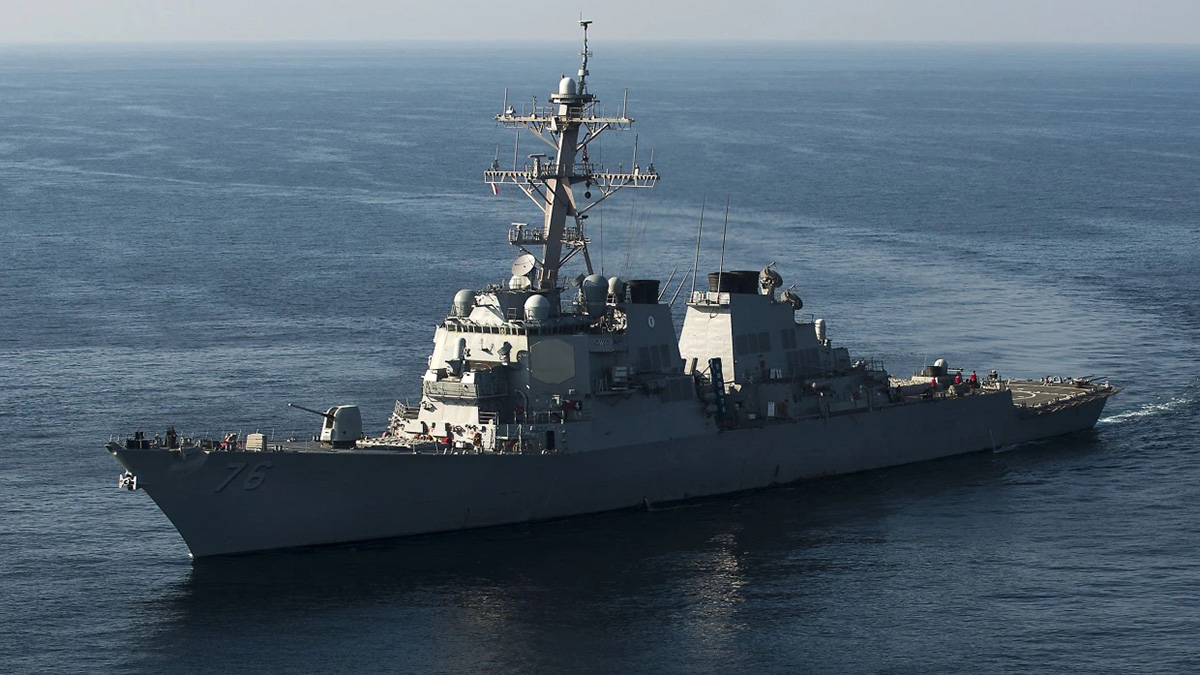After a rigorous eight-day training course, a group of local firefighters have learned important skills to conduct rescues on victims in collapsed buildings.
Sixteen firefighters recently completed the very specialized training, called “structural collapse technician rescue,” at fire station 4 in Chula Vista.
The skills are beneficial in the event of a major disaster or rescue operation in which a building has been destroyed.
"What we're trying to simulate is a collapsed structure," explained Chula Vista Fire Department (CVFD) Battalion Chief Chris Manroe, one of the instructors for the class.
"In case an earthquake occurs or some type of major disaster like a terrorist attack, we're going to be able to rescue people from high rise buildings, from residential structures, and from different areas like that," he added.
Three rescue disciplines are covered in this class:
- Confined space rescue
- Breaching, burning and breaking
- Shoring and stabilizing
The participating firefighters and six instructors involved in the class are from several different agencies in the county, including Escondido Fire Department, Chula Vista Fire Department, San Pasqual Fire Department, Heartland Fire and Rescue, San Diego Fire and Rescue Department and San Diego County Fire.
Local
Usually, there are 24 firefighters in the class. However, at the time of this latest course, many local firefighters were deployed in northern California, helping with the wildfires.
“We're fortunate in the fire service. We work under a mutual aid agreement,” said Manroe. “We'll be able to lend a hand to each other and assist each other. So the more opportunity we get to work together, the better we're going to be able to complete those tasks.”
During one of those tasks, firefighters used rotary saws to cut into slabs of concrete and rebar 12 inches thick.
Jackhammers helped firefighters create step-cuts, which remove excess concrete so the rotary saws can get in deeper, and the concrete doesn't fall onto victims below.
Once firefighters created an opening in the slabs, they descended about 10 feet underground into tunnels.
Then, they breached more concrete slabs in a tight and dark space, to simulate a possible rescue.
Firefighters were also given a building explosion scenario, where victims were trapped inside.
Before they made entry into the structure, firefighters referred to a U.S. Army Corps of Engineers guide book to help them build different types of shores.
Together, firefighters measured and cut the lumber, constructed it and placed it against the structure, then shored it up.
Danielle Doelman, a reserve engineer with San Diego County Fire says the class is strenuous in many different ways.
“Mentally, we have lot of people here working together as a team, trying to communicate together. Then it's physically challenging because we're trying to break through concrete and rebar,” she explained.
It's a tough undertaking that requires cohesive teamwork to succeed.
"Not only is it working out all the parts, but an unknown situation, a compromised building like this. Those pieces and parts are going to change as you go and you have to be able to adapt and overcome those to make it work as a team," said San Diego Fire and Rescue Department firefighter Josh Thomas.
Firefighters must pass several other rescue classes before they can take structural collapse technician rescue, which is the final course.
Some wait years to get into the class because it's only offered once a year, or every other year, and space is limited.
This year, the cost for firefighters to attend and teach the course was paid for by a federal grant.
When firefighters finish the course, they are Federal Emergency Management Agency (FEMA) certified.
For many, that means a chance to get on the Urban Search and Rescue Team (USAR).
“My goal since I started the fire service is to eventually get on the USAR task force, and be involved in it and get the training. This is one one step in what I want to accomplish,” said Doelman.
Thomas said it took a couple hundred hours of classes to get to structural collapse technician rescue. For him, the extra effort was well worth it.
“This is a passion. It is a commitment. It entails a lot,” said Thomas.



